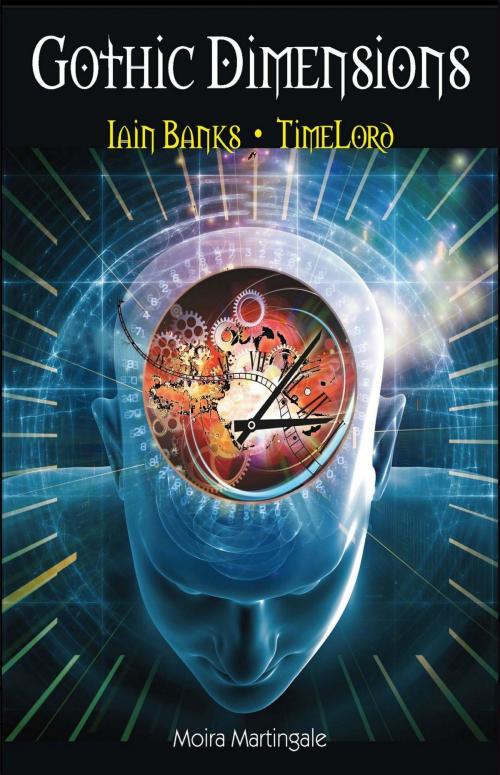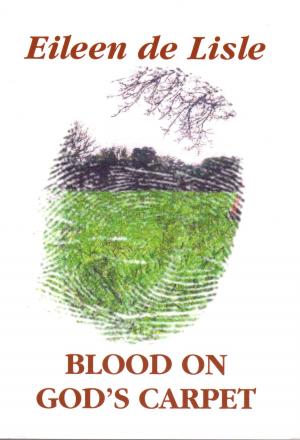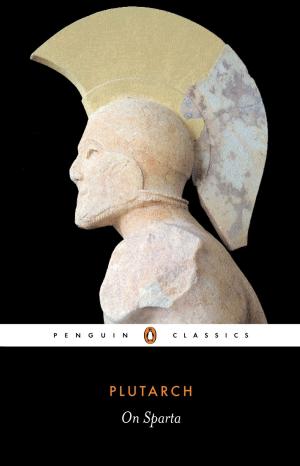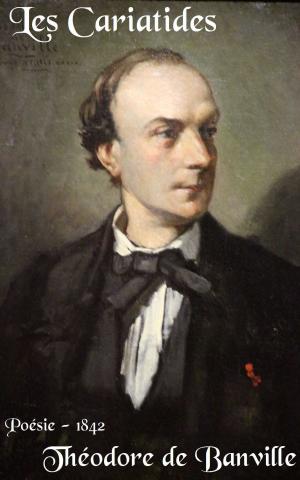Gothic Dimensions
Iain Banks : Timelord
Fiction & Literature, Literary Theory & Criticism, Gothic & Romantic, European| Author: | Moira Martingale | ISBN: | 9781843962021 |
| Publisher: | Quetzalcoatl | Publication: | September 24, 2013 |
| Imprint: | Language: | English |
| Author: | Moira Martingale |
| ISBN: | 9781843962021 |
| Publisher: | Quetzalcoatl |
| Publication: | September 24, 2013 |
| Imprint: | |
| Language: | English |
IAIN BANKS was one of the finest writers of his generation. The Wasp Factory appeared in 1984, to great and gratifying controversy (one reviewer helpfully described it as “a work of unparalleled depravity”). There were a further 27 works of fiction from the prolific Banks before his untimely death in June 2013 at the age of 59, his customary method being to alternate between contemporary fiction and science fiction – the latter genre published under the name of Iain M. Banks. In 2008 The Times named Banks in their list of the 50 greatest British writers since 1945. This book by Moira Martingale is the first full-length comprehensive analysis of Banks’s oeuvre and the thematic – and very Gothic – interests which preoccupied him. These interests include human monstrosity, religious belief, the fluidity of identity, the evolution of humankind and the technological adaptations which may order our future. At the outer limits of time and space can be found Banks’s Utopian space civilization, The Culture. With its emphasis on the distant and unearthly - and the opening of the mind to imaginative possibilities - science fiction shares common ground with Gothic fiction of former centuries, and the Gothic is inherent to all Banks’s fiction, dealing as it does with the ambiguities which wriggle uncomfortably and uncannily around the boundaries between good and evil, life and death, victim and villain, past and present, civilization and primitive barbarity, organic and machine or artificial technology. In most of Banks’s work, conventions of the Gothic boil or simmer, whether it be the barbarities of the past entering the present, the ambivalent literary device of the Doppelganger or the blurred boundaries between the life of the dreaming unconscious and “real” life. Banks incorporates the fantastic, the mythological and the psychological to re-sculpt the Gothic’s early fictional motifs and ethical concerns for our own time, and then he projects them star-wards, enabling him to elaborate a futuristic myth of socio-political salvation through technological expertise. With reference to many other writers, including J. G. Ballard, Stephen King, Doris Lessing, Mary Shelley and Banks’s fellow-Scot Alasdair Gray, this book, rather in the style of the Gothic itself, straddles the boundary dividing the scholastic from popular writing. The style is clear and accessible and should appeal to both the academic and the general intelligent reader of Banks’s work. MOIRA MARTINGALE is a journalist, author and former columnist for national and regional newspapers. Her previous books were published in the UK by Robert Hale and internationally by various publishers. She has a doctorate in Gothic Literature.
IAIN BANKS was one of the finest writers of his generation. The Wasp Factory appeared in 1984, to great and gratifying controversy (one reviewer helpfully described it as “a work of unparalleled depravity”). There were a further 27 works of fiction from the prolific Banks before his untimely death in June 2013 at the age of 59, his customary method being to alternate between contemporary fiction and science fiction – the latter genre published under the name of Iain M. Banks. In 2008 The Times named Banks in their list of the 50 greatest British writers since 1945. This book by Moira Martingale is the first full-length comprehensive analysis of Banks’s oeuvre and the thematic – and very Gothic – interests which preoccupied him. These interests include human monstrosity, religious belief, the fluidity of identity, the evolution of humankind and the technological adaptations which may order our future. At the outer limits of time and space can be found Banks’s Utopian space civilization, The Culture. With its emphasis on the distant and unearthly - and the opening of the mind to imaginative possibilities - science fiction shares common ground with Gothic fiction of former centuries, and the Gothic is inherent to all Banks’s fiction, dealing as it does with the ambiguities which wriggle uncomfortably and uncannily around the boundaries between good and evil, life and death, victim and villain, past and present, civilization and primitive barbarity, organic and machine or artificial technology. In most of Banks’s work, conventions of the Gothic boil or simmer, whether it be the barbarities of the past entering the present, the ambivalent literary device of the Doppelganger or the blurred boundaries between the life of the dreaming unconscious and “real” life. Banks incorporates the fantastic, the mythological and the psychological to re-sculpt the Gothic’s early fictional motifs and ethical concerns for our own time, and then he projects them star-wards, enabling him to elaborate a futuristic myth of socio-political salvation through technological expertise. With reference to many other writers, including J. G. Ballard, Stephen King, Doris Lessing, Mary Shelley and Banks’s fellow-Scot Alasdair Gray, this book, rather in the style of the Gothic itself, straddles the boundary dividing the scholastic from popular writing. The style is clear and accessible and should appeal to both the academic and the general intelligent reader of Banks’s work. MOIRA MARTINGALE is a journalist, author and former columnist for national and regional newspapers. Her previous books were published in the UK by Robert Hale and internationally by various publishers. She has a doctorate in Gothic Literature.















